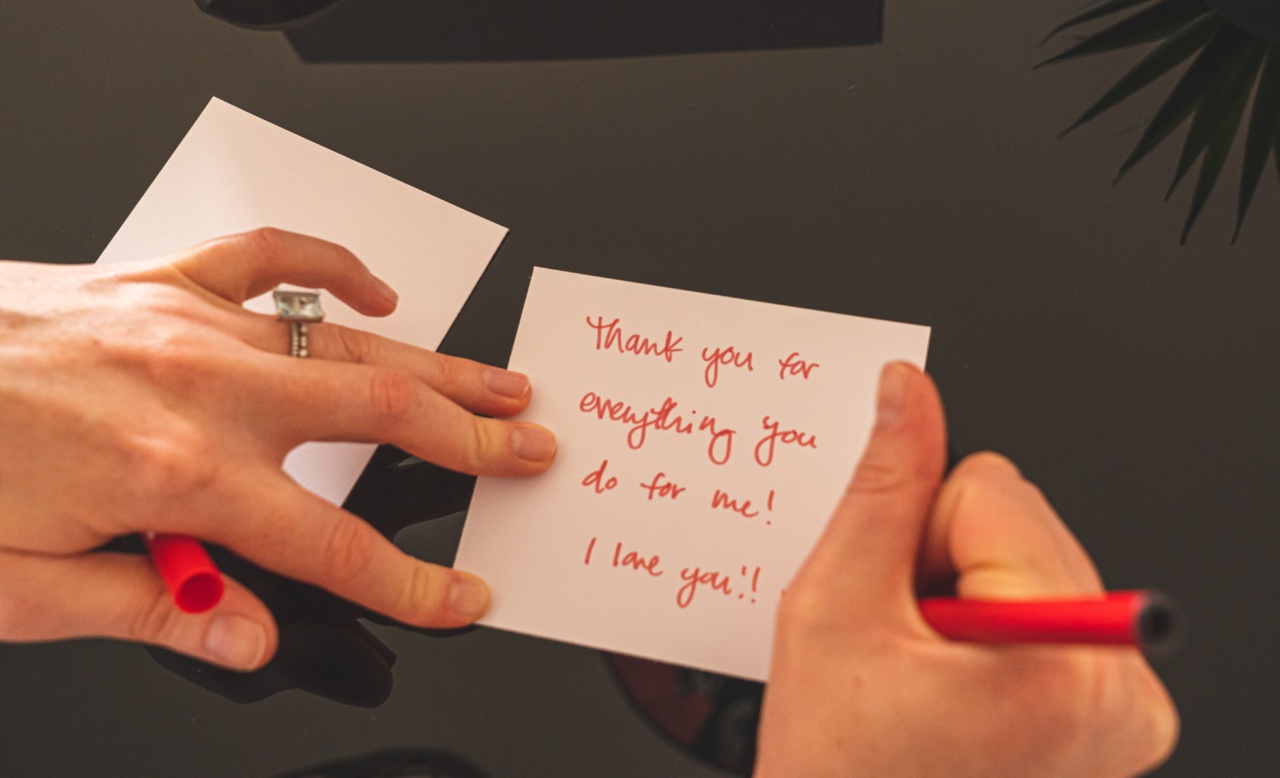We all know that getting enough sleep is crucial for our overall well-being. A good night’s rest is essential for recharging our bodies and minds, improving our mood, boosting our cognitive function, and maintaining our overall health.
However, it seems like no matter how much we try, many of us are constantly battling with exhaustion. While there can be numerous factors contributing to this fatigue, one factor that often goes unnoticed is the way we approach our workweek.
The Traditional 5-Day Workweek
For decades, the traditional concept of a workweek has been ingrained in our society. It typically consists of five consecutive workdays, usually Monday to Friday, with the weekend serving as a two-day break to recharge before starting the cycle again.
This 5+2 pattern is deeply rooted in our culture, and most of us have grown up accepting it as the norm.
However, what if I told you that this traditional workweek structure could be one of the reasons you are feeling exhausted? That it may actually be counterproductive to your productivity and well-being? It may sound surprising, but there is scientific evidence to support this claim.
The Problem with the 5+2 Structure
Our bodies have an internal clock, known as the circadian rhythm, which regulates our sleep-wake cycle. This clock is highly influenced by sunlight, and it operates on a roughly 24-hour cycle.
It helps us feel awake and energized during the daytime and signals our bodies to prepare for sleep when it gets dark outside.
When we adhere to the traditional 5+2 workweek structure, we disrupt our circadian rhythm by having two consecutive days off. During these days, many of us tend to shift our sleep schedules, going to bed and waking up later than usual.
It’s a way to catch up on lost sleep from the workweek and enjoy some leisure time.
However, when Monday comes around, we abruptly revert to our early morning wake-up calls and the demanding work schedule. This sudden shift can be challenging for our bodies to adapt to, leading to feelings of grogginess and increased fatigue.
Embracing the 4+3 Workweek
Now, let’s explore an alternative to the traditional 5+2 workweek structure – the 4+3 workweek. As the name suggests, this approach involves working for four consecutive days, followed by three consecutive days off.
This may sound unconventional, but the benefits are truly worth considering.
One of the key advantages of the 4+3 workweek is that it allows for a more gradual transition between work and rest days.
By having a shorter workweek, we experience less disruption to our circadian rhythm and are better able to maintain a consistent sleep schedule throughout the week. This contributes to improved sleep quality and overall alertness.
Additionally, the three consecutive days off provide a longer period to relax, recharge, engage in hobbies, spend quality time with loved ones, and focus on self-care.
This extended break enhances work-life balance and reduces stress levels, ultimately positively impacting our energy levels and productivity when we return to work.
The Science Behind the 4+3 Workweek
Research on workweek structures has shown promising findings in favor of the 4+3 workweek. A study published in the Journal of Happiness Studies examined the effects of the 4+3 workweek on employee well-being and productivity.
The results indicated that individuals who worked under the 4+3 structure reported higher levels of job satisfaction, lower stress levels, and increased work-life balance compared to those on the traditional 5+2 workweek.
Furthermore, several companies that have implemented the 4+3 workweek have reported positive outcomes.
For instance, Perpetual Guardian, a New Zealand-based company, conducted a trial where employees worked four days a week while receiving their regular pay. The trial resulted in a 20% increase in work-life balance, reduced stress levels, and a boost in job satisfaction.
Tips for Transitioning to the 4+3 Workweek
If you’re intrigued by the idea of the 4+3 workweek and contemplating making the switch, here are some tips to help you successfully transition:.
1. Advocate for Change
Talk to your employer or human resources department about the potential benefits of the 4+3 workweek and present the evidence supporting its positive impact on well-being and productivity.
Advocate for a trial period to test its feasibility within your organization.
2. Plan Your Days Off
Make the most of your three days off by planning activities that bring you joy and help you recharge. Set aside time for hobbies, exercise, spending time outdoors, and nurturing relationships with loved ones.
3. Establish Consistent Sleep Patterns
Try to maintain a consistent sleep schedule throughout the week, including your days off. Avoid shifting your sleep patterns drastically, as it can disrupt your circadian rhythm and make it harder to readjust when you return to work.
4. Prioritize Self-Care
Use your extended break to indulge in self-care activities that promote relaxation and rejuvenation. This could include meditation, yoga, reading, taking long baths, or anything else that helps you unwind.
5. Monitor Your Energy Levels
Pay attention to your energy levels throughout the week and assess the impact of the 4+3 workweek on your overall well-being.
If you notice improvements in your energy, productivity, and overall satisfaction, it may be a sign that this new workweek structure suits you better.
Conclusion
The traditional 5+2 workweek has long been ingrained in our society, but it may not be the most optimal approach when it comes to our well-being and productivity.
The 4+3 workweek offers a surprising solution to combat exhaustion and improve work-life balance. By making a gradual transition between work and rest days, we can better align our sleep schedules with our natural circadian rhythms, resulting in improved energy levels and overall well-being.
So, it’s time to reconsider the way we approach our workweek and embrace a healthier, more fulfilling way of working.






























